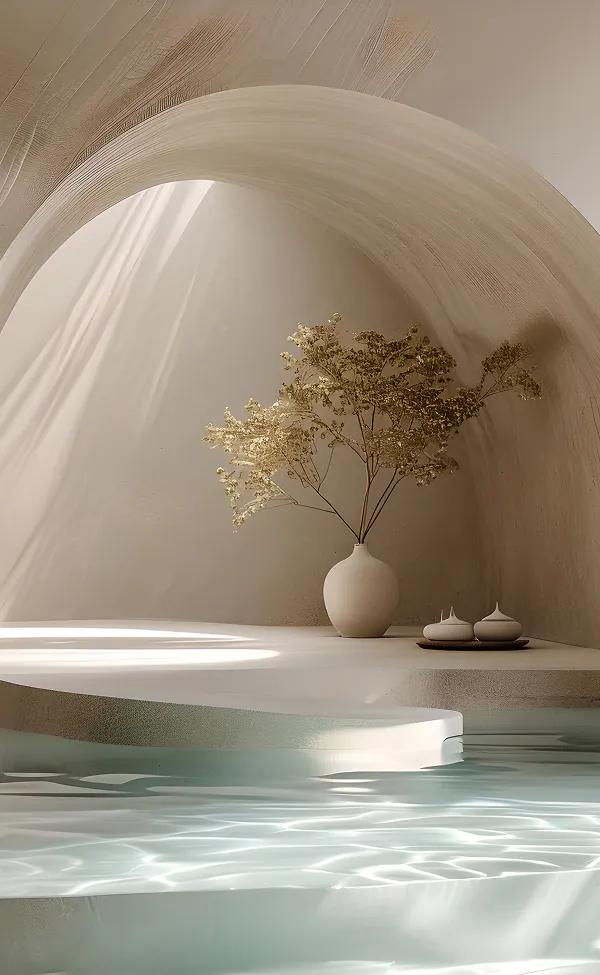
Writing a strong art essay takes research, insight, and a deep understanding of the artwork itself. Whether you’re an art enthusiast or studying art history, crafting a compelling analysis of a piece enables you to explore its impact and significance fully. This guide breaks down the process with clear steps any writer can follow. In search of “write my essay” help, students can use UK Writings essay writing service, which provides high-quality assistance from experts across various subjects, including guidance for writing insightful sports essays.
Figure Out Your Angle
The first step is deciding what aspect of the artwork you want to focus your essay on. There are many potential angles to consider – your choice will shape the direction and central argument of your analysis.
Some common angles include:
- Analyzing symbolism, meanings, and messages within the artwork
- Examining the specific materials, techniques, and artistic choices made
- Discussing how the artwork reflects or relates to the time period and cultural context in which it was created
- Exploring themes, emotions, and experiences evoked by the artwork
- Comparing and contrasting two or more artworks to uncover new insights
Don’t try to cover too much – narrow it down to one or two key angles that allow an in-depth, nuanced analysis within the scope of your essay. Having a focused perspective is crucial for a strong, cohesive argument. When seeking the best essay writing services Australia, students should look for companies that truly understand the importance of a clear, well-developed thesis.
Example: Analyzing an Abstract Painting
Let’s say you choose to write about the famous abstract expressionist painting “Number 14, 1948” by Jackson Pollock.
Your specific angle could be examining how Pollock’s innovative drip painting technique, leaving the paint to chance and subconscious movement on the canvas, created a raw and powerful emotional expression through the dense interweaving of lines and colors.
Do Thorough Research
While you may already have some background knowledge on your chosen artwork, proper research using scholarly sources is essential for an insightful, well-supported analysis. Museum websites, academic journals, and books by respected art critics and historians can provide invaluable context on:
- The artist’s life, creative process, and other key works
- Details on the specific artwork’s materials, creation, and original intent
- Information on the broader art movement or time period the work belongs to
- Prior interpretations, reactions, and critiques of the artwork
Take detailed notes as you read through sources so you can easily integrate relevant evidence, facts, and quotes into your essay later. Quality research lays the foundation for an authoritative, well-reasoned analysis.
Artwork Comparison (Example Table)
| Characteristics | “Starry Night” by Van Gogh | “Number 14, 1948” by Pollock |
| Style | Post-Impressionism | Abstract Expressionism |
| Materials | Thick oil paints on canvas | Industrial liquid paints dripped on canvas |
| Colors | Vivid blues, yellows, black | Earthy yellow, brown, gray, white |
| Subject | Swirling village landscape/skyscape | Pure abstraction, no distinct forms |
| Technique | Dramatic, impasto brush strokes | Free-flowing drip method without brush |
| Effect/Meaning | Captures turbulent emotional energy, inner anguish | Raw expression of subconscious emotions and impulses |
Make a Clear Thesis Statement
Your thesis statement concisely expresses your unique perspective and core argument about the artwork – this driving idea is the crux of your entire essay.
For example:
“Van Gogh’s famous painting ‘Starry Night’ conveys his inner anguish and passion through the thick, swirling brushwork depicting a turbulent scene – the vivid, almost frenzied night sky embodies the intense emotions and experiences of the troubled artist himself.”
A strong, specific thesis gives your analysis focus and direction. All of your essay’s main points should closely relate back to defending or explaining this central claim about the artwork.
Thoughtfully Outline and Organize
Having a well-planned outline is key for a coherent, logical essay structure. Most art essays follow this basic format:
- Introduction
- Engage the reader with an intriguing opener related to your topic
- Present your clear, specific thesis statement on your interpretation
- Body Paragraphs
- Use second-level subheadings (H2) to organize each main idea or argument
- Within sections, third-level subheadings (H3) can further categorize supporting points
- Each body paragraph should focus on analyzing one key aspect of the artwork using examples/evidence
- Conclusion
- Restate your thesis and summarize how you proved your interpretation
- End with insight on the artwork’s greater significance or impact
Example Body Outline
II. Vivid, Expressive Brushwork (H2)
- A. Thick, Tactile Paint Application (H3)
- B. The “Impasto” Technique (H3)
III. Symbolism of the Night Sky (H2)
- A. Turbulent Emotion and “Stardance” (H3)
- B. Link to Mental State of the Artist (H3)
IV. Historical & Artistic Context (H2)
- A. Post-Impressionist Roots (H3)
- B. Mental Illness & Emotional Struggles (H3)
Having a clear roadmap keeps your writing focused and ensures proper development of your interpretation.
“Art washes away from the soul the dust of everyday life.” – Pablo Picasso
Edit Thoroughly and Refine
Allow time for revisions – a strong art analysis essay requires significant editing and refinement. After completing your first draft, go through multiple revisions while:
- Ensuring your analysis is logical, well-reasoned, and supported by concrete evidence
- Cutting any wordiness or overwritten passages while retaining insightful description
- Smoothing out transitions between ideas for proper flow and cohesion
- Double checking your formatting, grammar, spelling, citations, etc.
Don’t simply summarize what the artwork shows on a surface level. Artful writing comes from truly delving deep into the details, meaning, methods, and significance through a critical, analytical lens.
With dedication and practice, writing excellent art essays will become more natural. The process enables you to gain a richer understanding and appreciation for the artwork while developing vital skills in research, analysis, and compelling argumentation.
- 1share
- Facebook0
- Pinterest1
- Twitter0
- Reddit0













